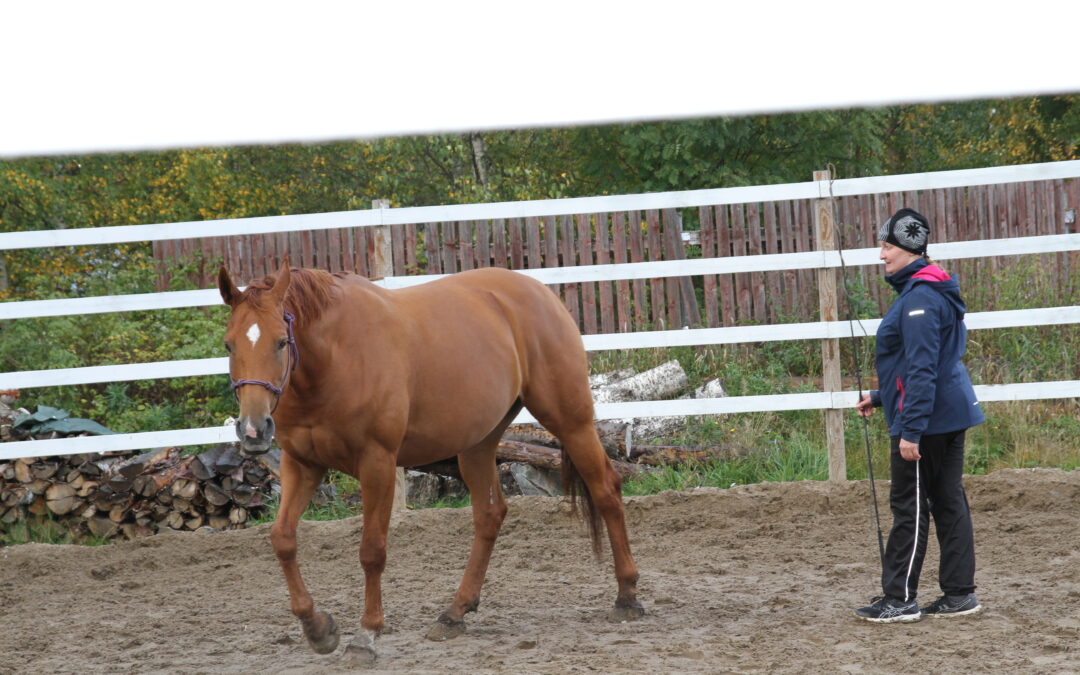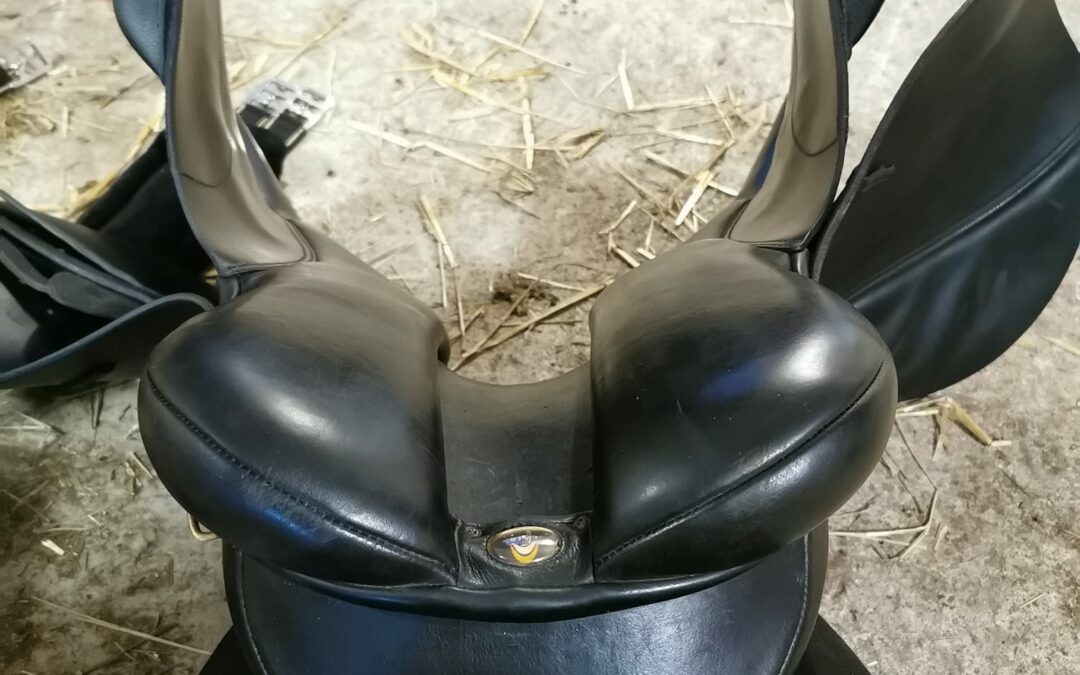If a horse is unable to meet its inherent behavioral needs, it will cause the horse individual stress. A stressed horse, on the other hand, doesn’t learn so well, may develop behavioral problems, and his wellness suffers. This may even contribute to the development of diseases.
The horse’s behavioral needs include e.g. eating and drinking behavior, need for exercise, need for rest, need for social behavior, body care, and thermoregulation.
We have taken into account the behavioral needs of the horse in many ways. We have a horseshed where horses can deside themselves if they want to be outside or inside. Most of our horses live there. There is automated hay feeding and water access. Horses receive hay eight times a day. Their pasture has a different soil, ie a forest in addition to the pasture. This can help activate horses.
Horses in nature would travel from 20 to even 80 km a day. Tt would be good for a modern day horse, to move more too.
In our horseshed, efforts have also been made to place resources in different places to make the horses move more. We have a shed and water on a different side than a hay automat. The whole paddock is really well used, so it clearly increases the movement! Horses also do not watch the opening of the hay automat all the time. The hay automat emits a beep when the doors lower and the horses receive food. I think it’s an extremely handy feature because the horses hear this food bell and then arrive to eat. Of course, they also seem to have a good internal clock and are sometimes waiting a quarter before the doors open.
There are several horses in the paddock, so the horses also get to carry out their social behavior. They are warped extremely rarely, so that the need for thermal regulation is met. Without warps, the horse can also take care of its body, e.g. by rolling in the dirt. Likewise, scratching each other works better without warps. Different soles, on the other hand, can also help make it more comfortable to roll. In the shed we have peat moss and there is a sandy bottom and ground outside. So you can choose a good rolling base.
The shed is large so that everyone has room to rest. After all, a horse sleeps only 5-7 hours a day, of which a couple of hours is resting and 3-5 hours deeper sleep. In horseshed conditions, the horse can move and rest when he feels like it. The horse moves in the wild for an average of 20 kilometers a day, so activation is necessary under farm conditions.
Some of our horses are housed in the stable. Among others, horses to be trained. Because horses are short times in our training, usually for a few months, we don’t put them in the herd because of the risk of an accident. As horses get to know each other, there is always an increased risk of some injury. However, we arrange for the horse to always have a friend horse within sight and usually on the other side of the fence so that social behavior can be practiced over the fence and the horse does not have to be alone.
Our stalls are spacious. Stalls of 10-13 square meters. We use peat as bedding, which in my experience is easy to keep clean and can be used to make a good, soft mattress for horses. It also absorbs odors well, so our stable has good air quality due to it and mechanical air conditioning.
The horses in the stable get plenty or even free hay. If an individual is easily gaining weight, we use straw in addition to hay, which helps to take care of the well-being and condition of the stomach at the same time. Our hay has been analyzed so that we can plan additional feeding for horses based on it. This year, according to the analysis, excellent hay was obtained.
Our stable also has automatic water cups, which automatically add water as it lessens. So horses have water available all the time. We strive to keep the horses outside for a long time so that they can move around enough during the day. The horses are out for an average of 10 hours a day. Some horses also have a heated water container in the winter to make unfrozen water available at all times.
Horses staying in the stable are warped in bad weather outside. I have dreamed of shelters that would further reduce the need for warping. However, we do not have them yet for all the horses, so there is some need for warping. Mostly, however, our horses are without warps. This allows horses to better perform their thermoregulatory needs and body care.
Stallions are usually kept alone. We have one stallion alone. That, too, has sometimes worried me when I would rather keep horses with others, if at all possible. My Lusitano stallion clearly missed the company. I tried him in the same paddock with the others and he was so nicely with the geldings that he is still with two young geldings right now. Morfeus is now 5 years old and her friends are my second horse 1 year old warmblood / new forest cross and a 6 year old Icelandic horse living in our stable. It’s nice to watch them play! Sometimes they run races and sometimes they wrestle. Everyone clearly enjoys this!
Taking care of a horse’s behavioral needs will help me as a horse trainer and rider. When a horse is doing mentally and physically well, it is also in a much better state of mind in terms of learning. It’s easier to make the learning experience and doing it together comfortable when the horse is well.


